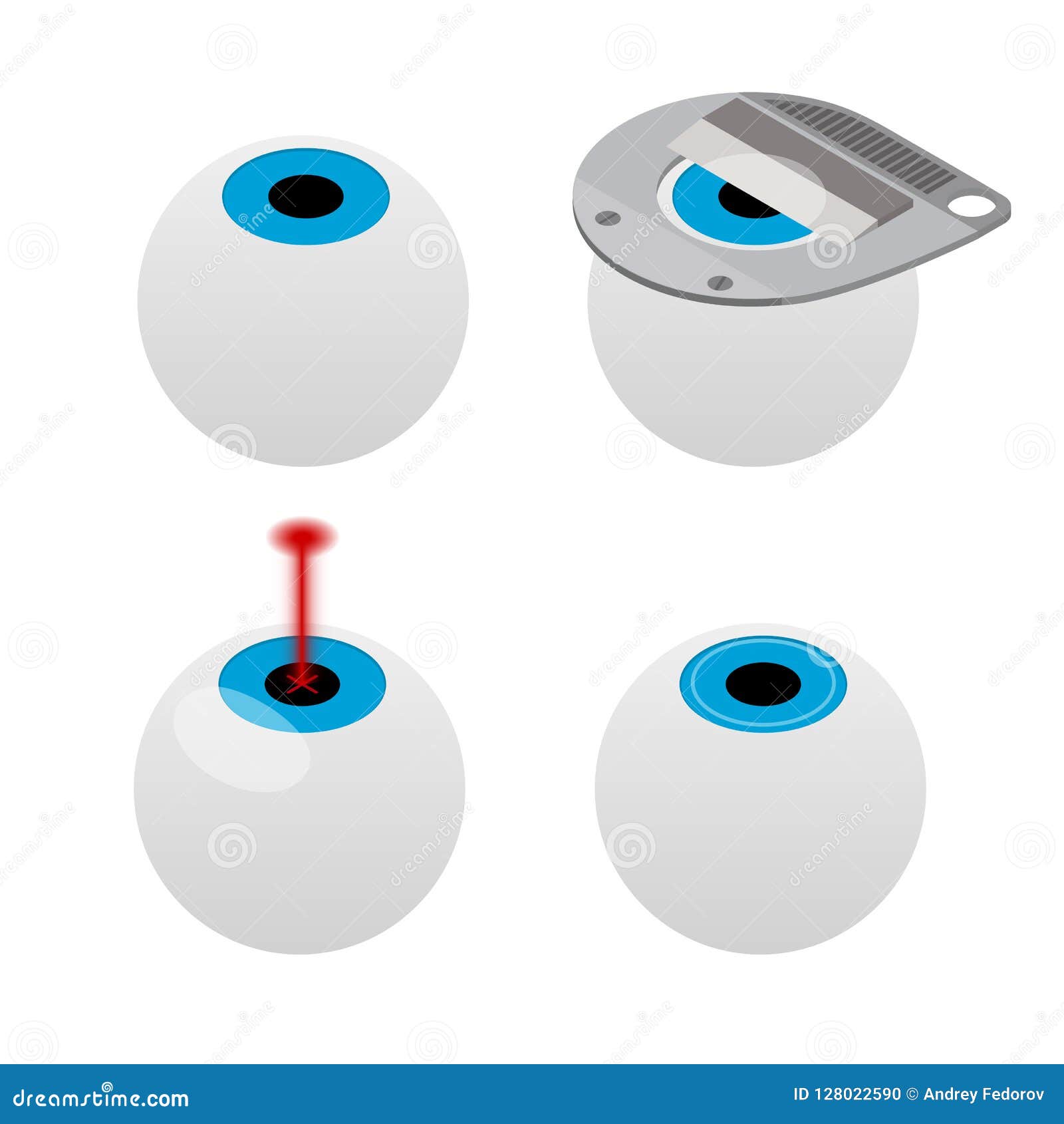What Are The Differences And Similarities Between SMILE Eye Surgery, LASIK, And PRK?
What Are The Differences And Similarities Between SMILE Eye Surgery, LASIK, And PRK?
Blog Article
Content Author-Fischer Wilder
If you've been considering SMILE eye surgical treatment, you could wonder how it compares to LASIK and PRK. Each procedure has its very own set of benefits and factors to consider. From quicker recovery times to potential dangers, there are key differences you must know before making a decision. Recognizing these differences will aid you make an informed selection that aligns with your particular needs and assumptions. Interested to understand more concerning just how these treatments compare carefully? Go on checking out to get a thorough understanding of SMILE, LASIK, and PRK.
SMILE Eye Surgical Procedure Review
If you're thinking about SMILE eye surgical treatment, you'll find it to be a minimally invasive procedure with a fast healing time. During SMILE (Small Incision Lenticule Removal), a laser is utilized to develop a tiny, accurate laceration in the cornea to get rid of a little piece of cells, improving it to remedy your vision. This differs from LASIK, where a flap is developed, and PRK, where the external layer of the cornea is entirely removed.
Among the vital benefits of SMILE is its minimally invasive nature, causing a faster recovery procedure and less discomfort post-surgery. The recovery time for SMILE is fairly quick, with many people experiencing boosted vision within a day or more. This makes it a popular selection for those looking for a hassle-free and reliable vision adjustment treatment. Furthermore, SMILE has been revealed to have a reduced risk of completely dry eye disorder compared to LASIK, making it a beneficial option for people concerned regarding this potential adverse effects.
Distinctions Between SMILE, LASIK, and PRK
When comparing SMILE, LASIK, and PRK eye surgical treatments, it's important to comprehend the unique strategies utilized in each procedure for vision correction.
Doctor LASIK (Small Laceration Lenticule Removal) is a minimally intrusive procedure that entails producing a tiny laceration to remove a lenticule from the cornea, reshaping it to deal with vision.
LASIK (Laser-Assisted Sitting Keratomileusis) includes creating a slim flap on the cornea, utilizing a laser to reshape the underlying tissue, and afterwards repositioning the flap.
PRK (Photorefractive Keratectomy) eliminates the outer layer of the cornea prior to reshaping the tissue with a laser.
The primary difference lies in the way the cornea is accessed and treated. SMILE is flapless, making it a great choice for people with thin corneas or those associated with contact sporting activities. LASIK provides fast visual recovery due to the flap production, yet it may posture a greater threat of flap-related problems. PRK, although having a much longer healing duration, avoids flap-related concerns completely.
Recognizing https://www.businesstimes.com.sg/life-culture/health-matters/an-eye-test-can-save-your-life is crucial in picking one of the most ideal treatment for your vision modification demands.
Advantages And Disadvantages Comparison
To assess the advantages and downsides of SMILE, LASIK, and PRK eye surgical treatments, it's essential to think about the specific benefits and prospective restrictions of each procedure. SMILE surgical procedure supplies the benefit of a minimally invasive treatment, with a smaller sized laceration and possibly quicker recuperation time compared to LASIK and PRK. It also lowers the danger of dry eye post-surgery, a common negative effects of LASIK. However, SMILE might have limitations in dealing with greater levels of nearsightedness or astigmatism contrasted to LASIK.
LASIK surgery provides fast aesthetic healing and marginal discomfort throughout the treatment. It's highly efficient in dealing with a vast array of refractive mistakes, including nearsightedness, hyperopia, and astigmatism. Yet, LASIK carries a risk of flap issues, which can affect the corneal framework.
PRK eye surgery, while not as prominent as LASIK, prevents creating a corneal flap, reducing the threat of flap-related difficulties. It's suitable for individuals with thin corneas or uneven corneal surfaces. However, PRK has a longer recuperation time and may include a lot more discomfort throughout the healing process.
Verdict
So, when it concerns picking in between SMILE, LASIK, and PRK, think about it like choosing the perfect pair of shoes. SMILE resembles a streamlined, comfy pair of tennis shoes - fast and easy.
LASIK is more like stylish high heels - showy and quickly, yet with some prospective risks.
PRK is like strong treking boots - trustworthy and sturdy, however requiring a bit more effort and time.
Ultimately, the most effective selection relies on your specific needs and preferences.
